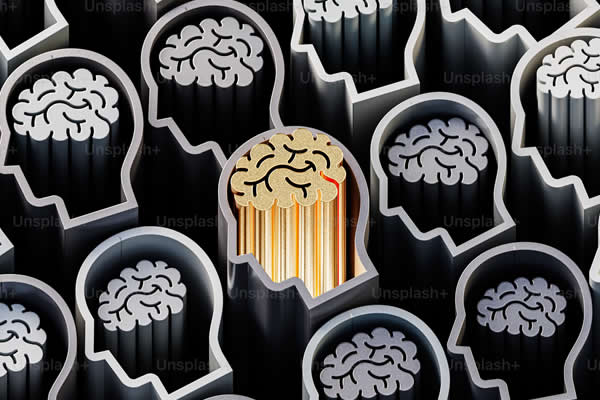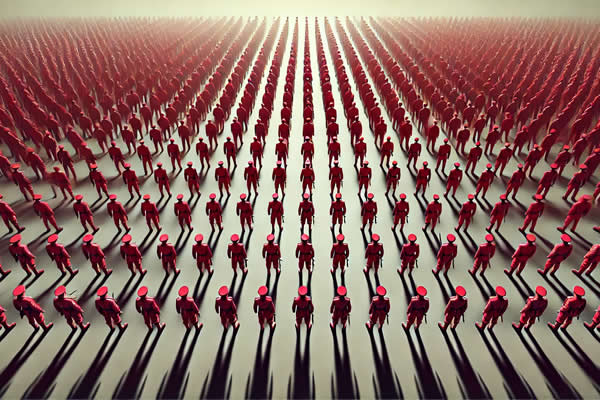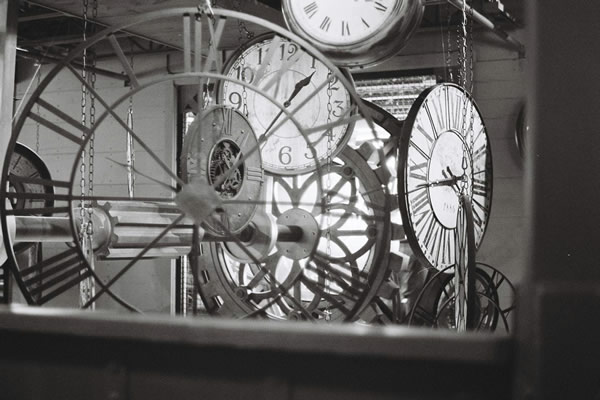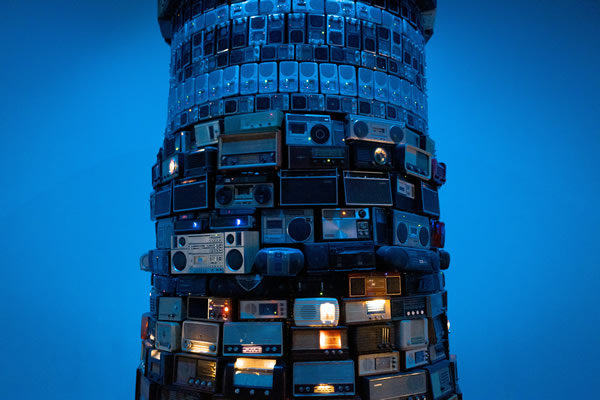Ten reasons why generative AI is not disruptive
Generative AI is often viewed as a disruptive force in journalism, but this overlooks how the industry truly operates and the deeper value of journalism, with much misunderstanding fueled by hype and technical misconceptions.
AI and journalism: Between problem solving and trust building
The use of AI in journalism builds on the long-standing practice of using computers and data to support reporting. Nowadays, AI is an integral part of many journalists’ daily routines, often without them even realising it. The hype surrounding generative AI raises fundamental questions. The hype surrounding generative AI raises fundamental questions: What is AI? What is it used for? And how can it be used responsibly in journalistic practice?
Reflections from Ohrid: A strong commitment by press councils to ethical AI
The Ohrid Declaration on the Ethical Use of Artificial Intelligence in the Media seeks to promote transparency, accountability and human oversight in order to safeguard the integrity of journalism and public trust in South East Europe and Turkey.
The history of propaganda or methods of influence through the ages
The long history of propaganda is rooted in corruption, censorship and the ideological manipulation of the press – an area explored by Jacques Ellul in his analysis of how political and religious powers use various techniques to shape public opinion.
AI literacy for critical and ethical use of AI in journalism
Data literacy, algorithmic literacy, and computational thinking are inseparable concepts. Together, these skills form an essential foundation for critically and ethically understanding and using artificial intelligence in journalism.
Using LLMs in journalism: A risk-based approach
They are not trusted, but they are used. They are not entirely reliable and accurate, but journalists experiment daily with large language models (LLMs), which are likely to be used at each stage of the news process. What are the key risks and how can they be mitigated to ensure safe and meaningful use?
Balancing the scales: AI between verification and disinformation
AI-based technologies are both a tool to combat disinformation and a means to amplify it. However, it would be misleading to reduce the phenomenon to a purely technical problem. Where are we? Where are we going?
AI in journalism: The differences between use, practice and adoption
One of the misconceptions about AI is the concept of ‘adoption’. In Science and Technology Studies (STS), adoption is about negotiating, appropriating, and domesticating tech into routines and identities. Use is just interaction; practice is integration into professional routines (it is not adoption but can lead to it).













